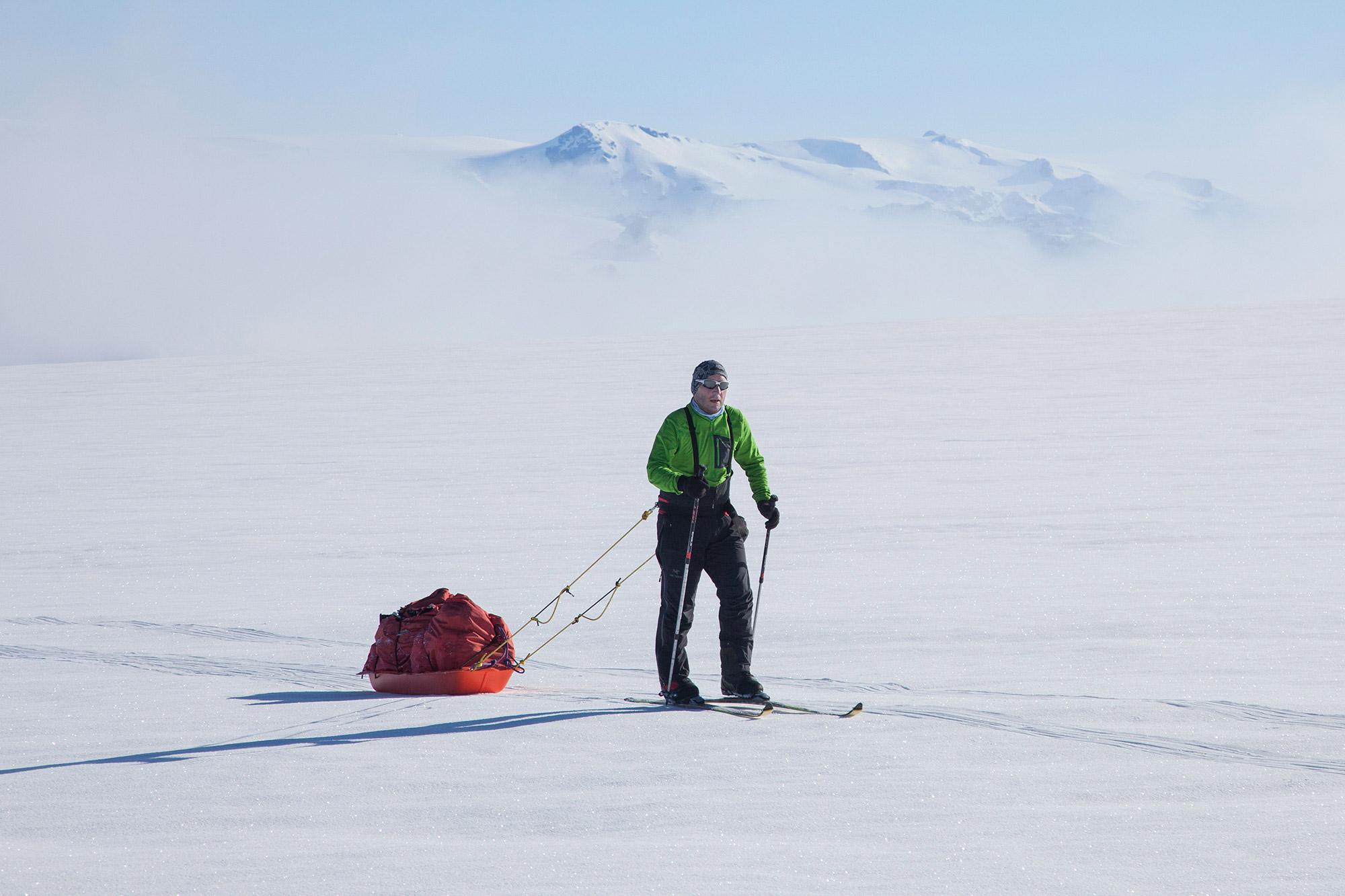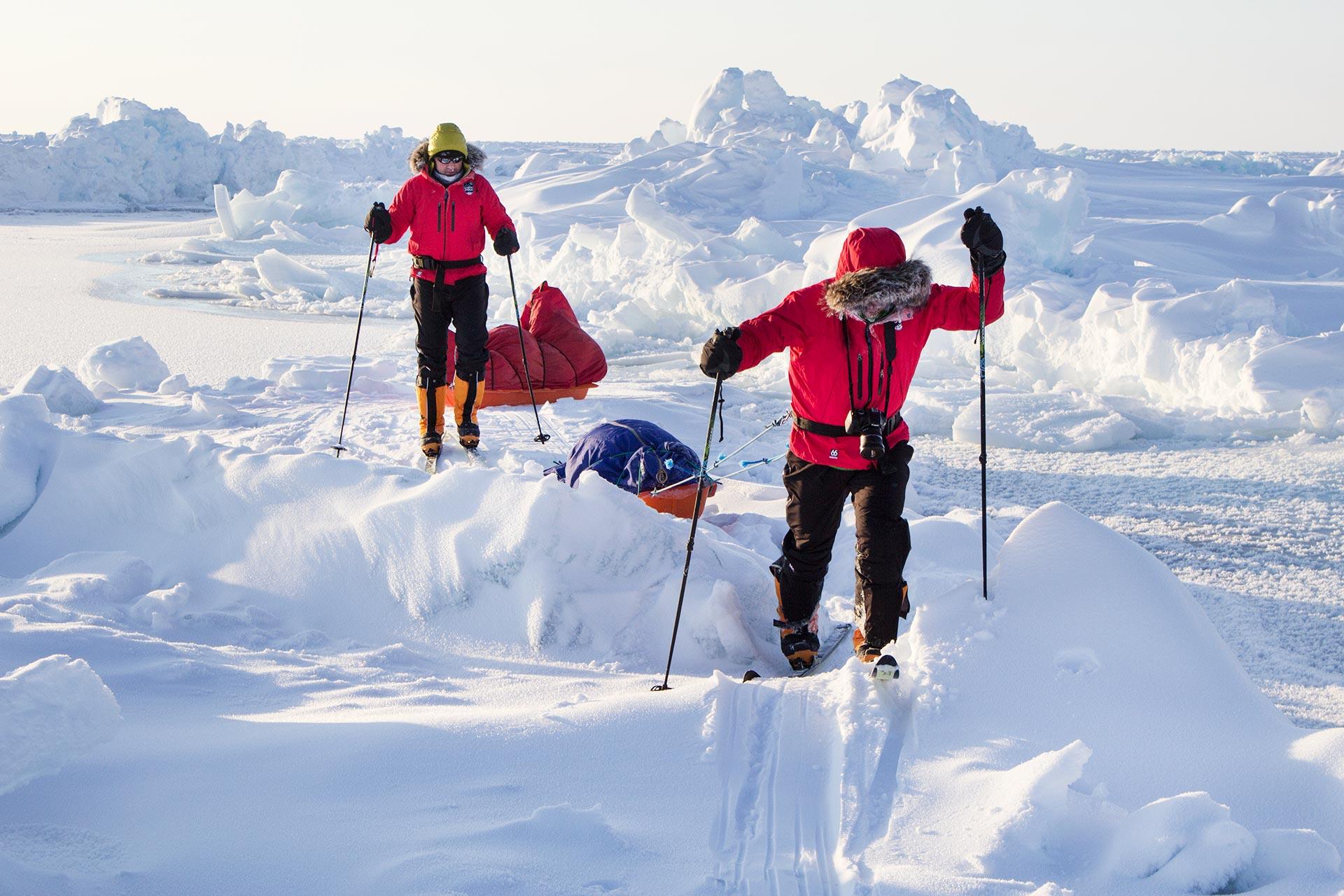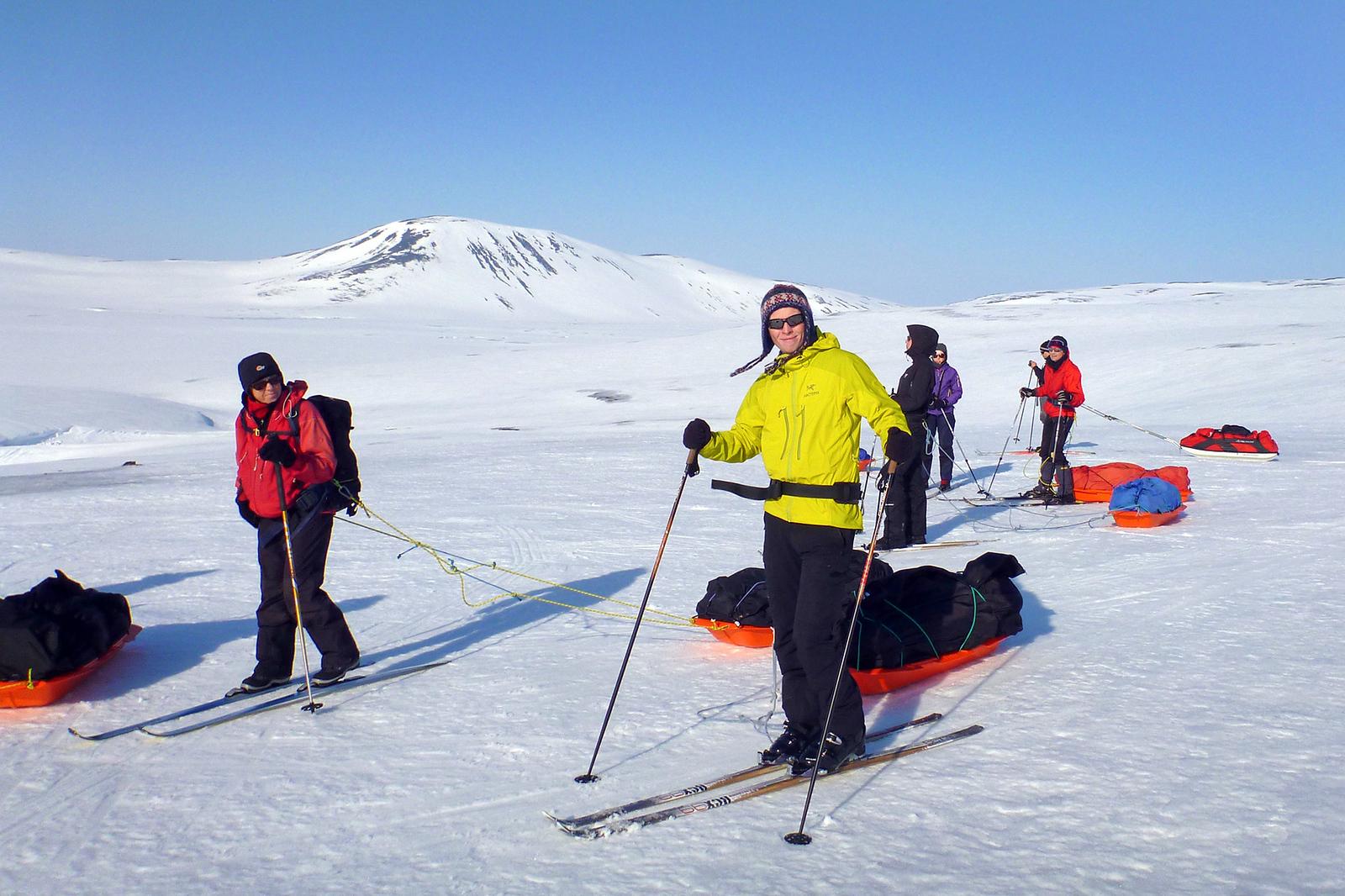Hiking the Icelandic Highlands in Winter
| All, highlands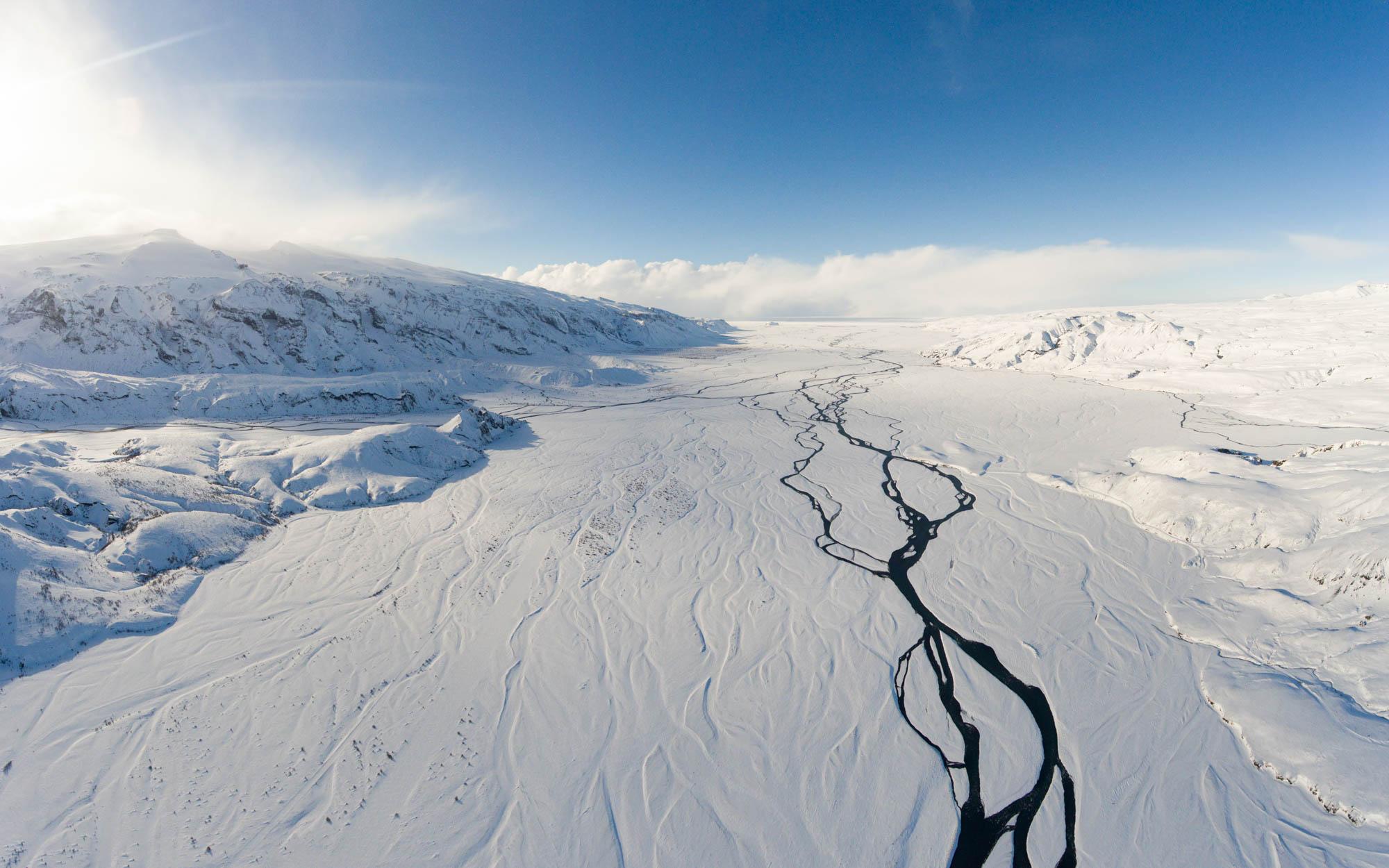
Table of Contents
The Icelandic Highlands, with their untamed beauty and rugged landscapes, have long been a draw for hikers and adventurers from around the globe. The allure of exploring these remote areas in autumn and winter is undeniable, offering a unique blend of natural splendour and solitude.
However, as winter takes hold, the Highlands transform from a hiker's paradise into a formidable challenge reserved for the most skilled and experienced outdoor professionals. Our comprehensive article delves into the essential information you need to know about tackling the Icelandic Highlands in winter, ensuring you’re well-prepared for this ultimate adventure.
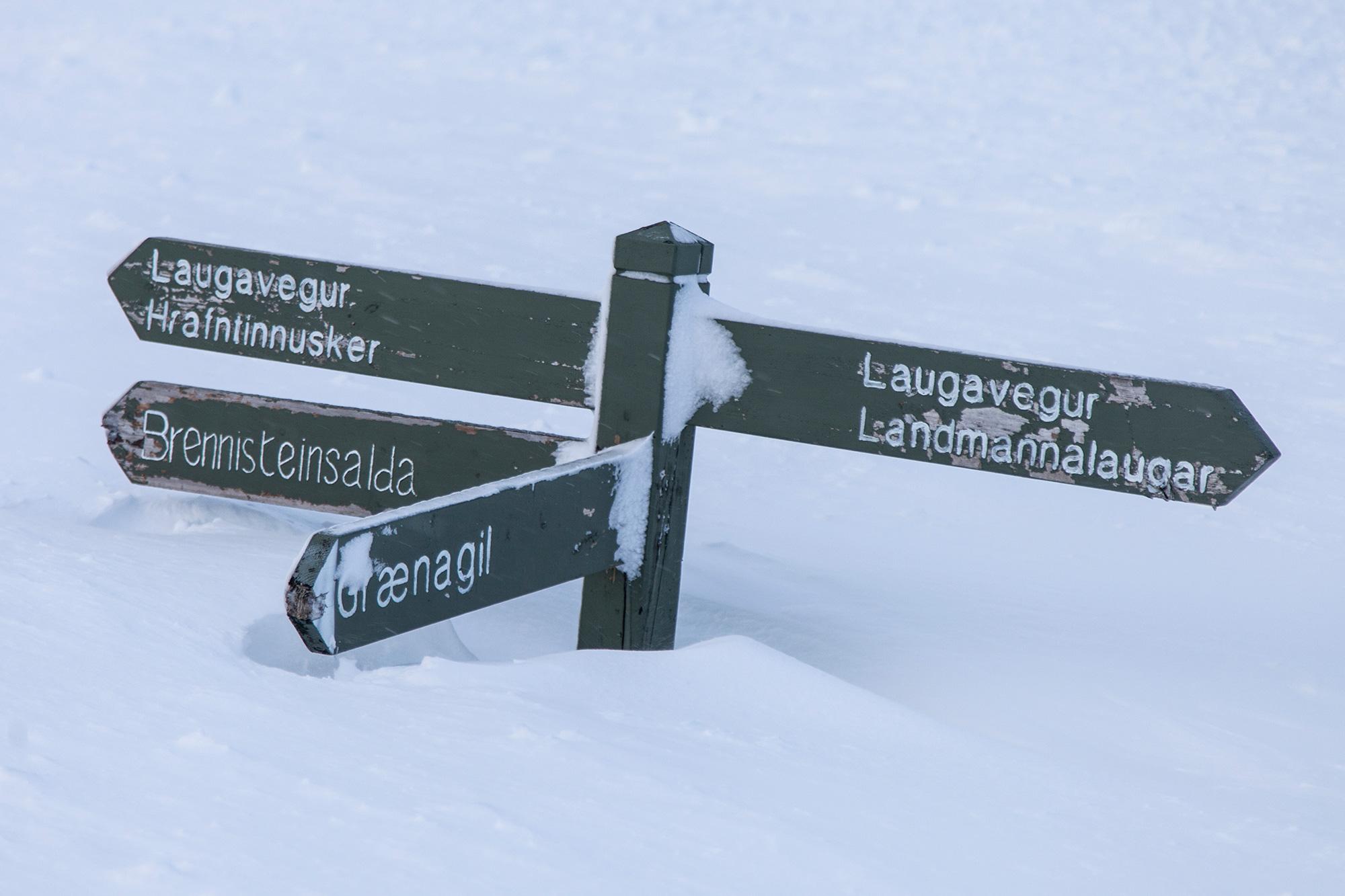
The Start of the Winter Season in the Highlands
In Iceland, the onset of winter is distinctly different between the highlands and elevated altitudes compared to the lowlands and more populated areas. This difference is primarily due to the country's varying elevations and geographical features.
The highland region begins to experience winter conditions as early as September. Snowfall becomes more frequent and substantial, covering the landscape and significantly altering the terrain. Alongside this, temperatures drop more rapidly, and frost becomes common. These changes lead to road closures and increased difficulty accessing certain areas, impacting hiking and other outdoor activities.
The risk of sudden and severe weather events, such as storms and flooding, is also heightened in these elevated regions. These events can occur with little warning and transform the environment drastically, posing additional challenges for anyone in the area.
In contrast, Iceland's lowlands and populated areas, generally at lower elevations, experience the arrival of winter later in the season. These areas, including cities like Reykjavík, tend to have milder weather conditions initially, with less frequent snowfall and more moderate temperature drops than the highlands. As a result, outdoor activities in these regions remain more accessible for a longer period during the transition from autumn to winter.
Given these rapidly changing and often unpredictable conditions, planning multi-day hiking trips in the Highlands after the first week of September is generally not recommended for those new to Iceland’s rugged terrain.
However, this does not mean that all adventures are off-limits. Guided day hikes may still be available later into the season, offering a safer way to experience the wild beauty of Iceland under the watchful eye of experienced guides. These excursions are tailored to accommodate the capricious weather, ensuring a memorable yet secure experience.
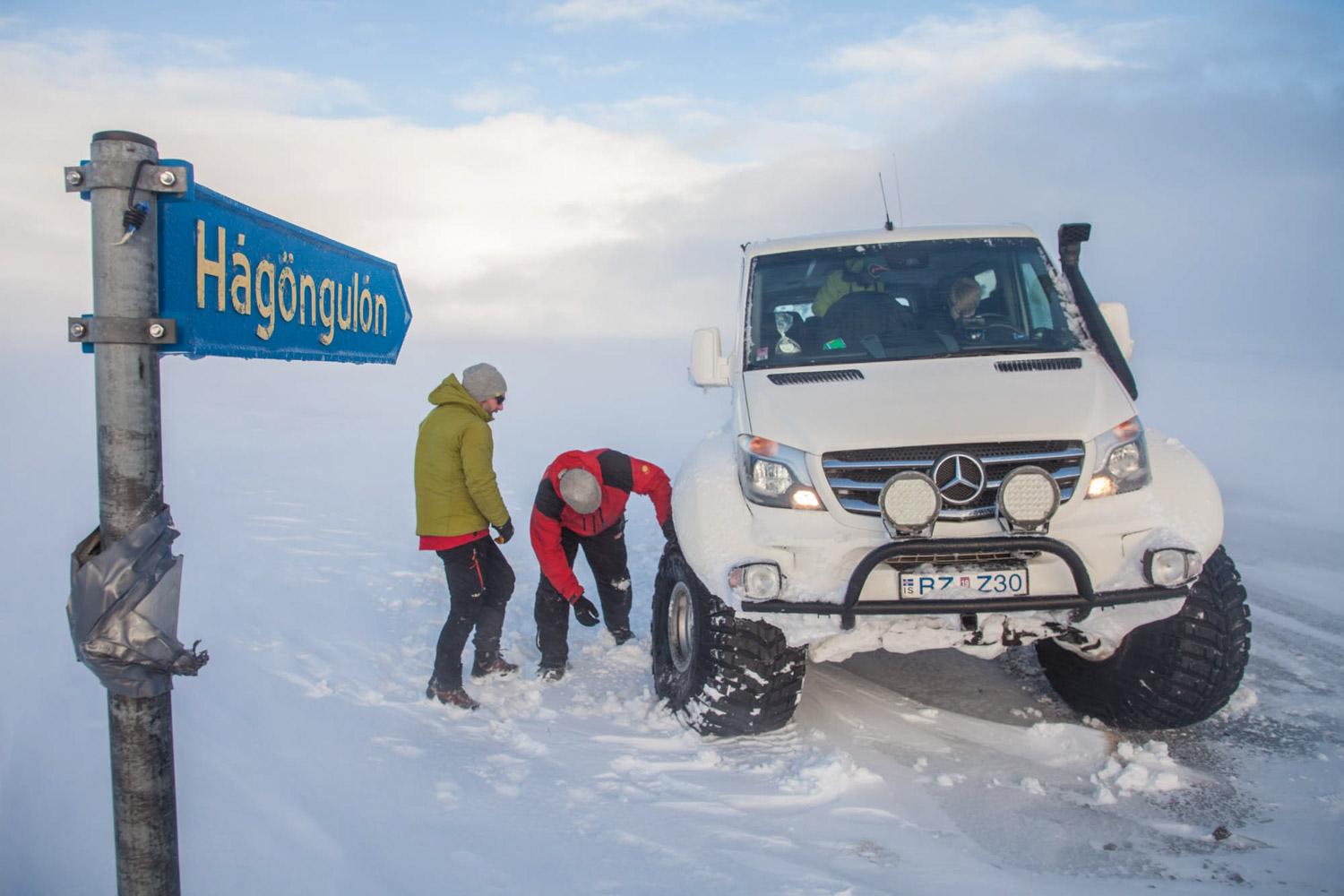
Mountain Huts and Accommodations
An important aspect to consider for those planning hikes in this period is shelter availability. The mountain huts provide much-needed respite for hikers traversing the Highlands, usually close by mid or late-September, depending on the weather conditions. These closures are due to the harsher conditions and decreased accessibility as winter tightens its grip.
Therefore, hikers venturing into the Highlands during this transitional period must be well-prepared, not just in terms of gear and provisions but also in their planning and awareness of the seasonal changes. The early Icelandic winter is a spectacle of nature’s beauty and power, offering a unique experience for those ready to respect and adapt to its demands.
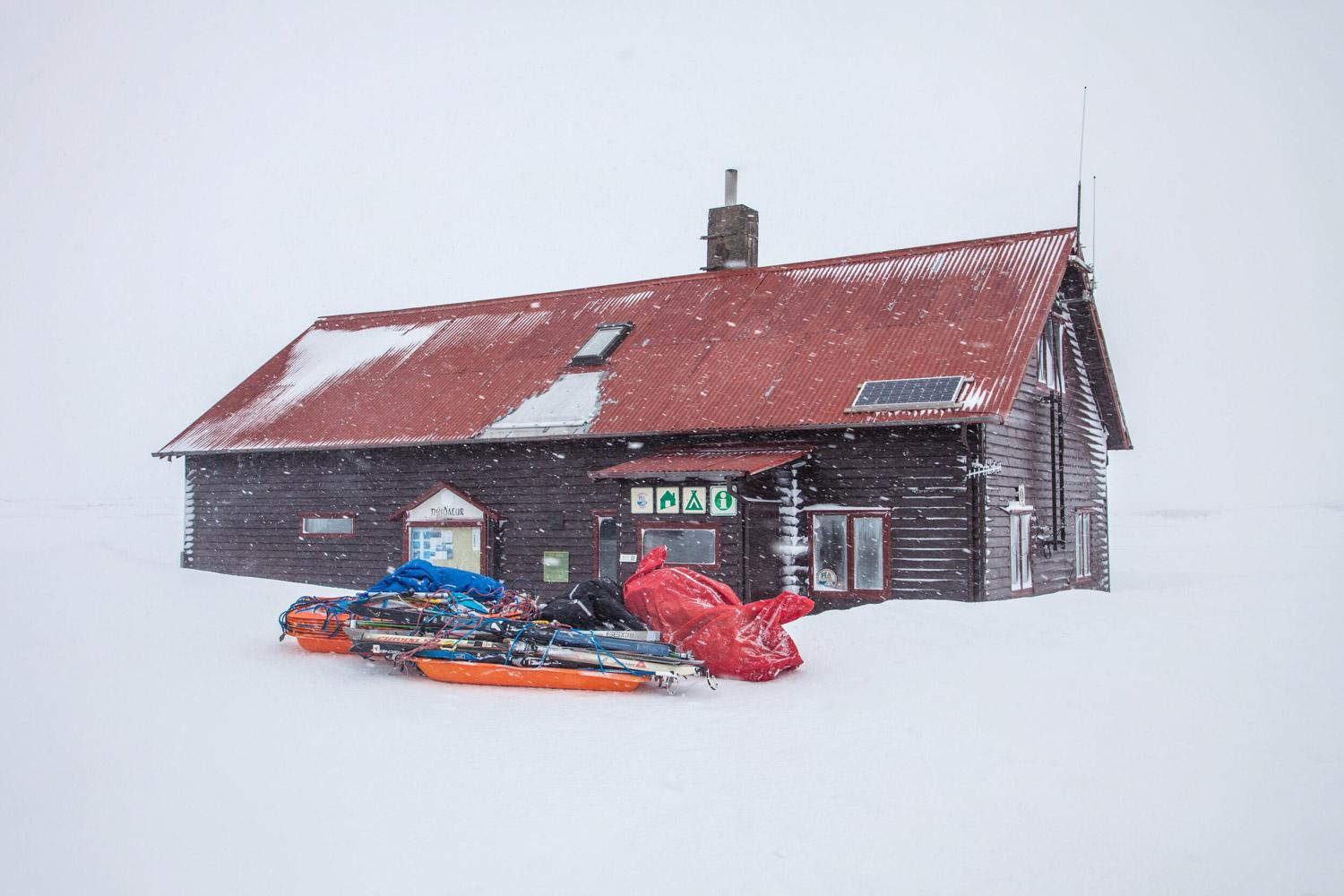
Winter Season in the Icelandic Highlands
As winter fully embraces Iceland's Highlands, the region transforms into a domain where only the most experienced and well-equipped adventurers should tread. The conditions in these elevated areas during the high winter season are markedly different from those in other parts of the country, presenting unique challenges and requiring specialized preparation.
With the deepening winter, roads in the Highlands become inaccessible to regular vehicles. The heavy snowfall and harsh weather conditions render these routes impassable for standard cars. However, specialized vehicles, locally known as “Superjeeps", can still navigate this rugged terrain. These robust, modified vehicles are equipped to handle the deep snow and challenging conditions of the Icelandic winter landscape, making them essential for accessing remote areas in the Highlands during this season.
Hiking in the Highlands during the high winter season is reserved for seasoned mountaineers, expedition hikers and cross-country skiers. The environment during this time is extreme, with severe weather conditions, deep snow, and limited visibility often being the norm. Individuals venturing into these areas must be equipped with professional gear and have extensive experience in winter hiking and survival skills.
Essential equipment for such expeditions includes an emergency tent, capable of withstanding harsh winter conditions, and communication devices like a satellite phone or Personal Locator Beacon. These tools are vital for safety, ensuring that hikers can call for help in case of emergencies, given the remote nature of the Highlands and the potential for rapid weather changes.
Undertaking a hike in the Highlands during this period is not advisable for those with only regular hiking experience. The demands of the environment require physical fitness and endurance and a deep understanding of winter mountaineering techniques and navigation in snow-covered landscapes. Additionally, hikers must be prepared for the possibility of self-rescue and have a thorough plan, as help may not be readily accessible in these remote areas.
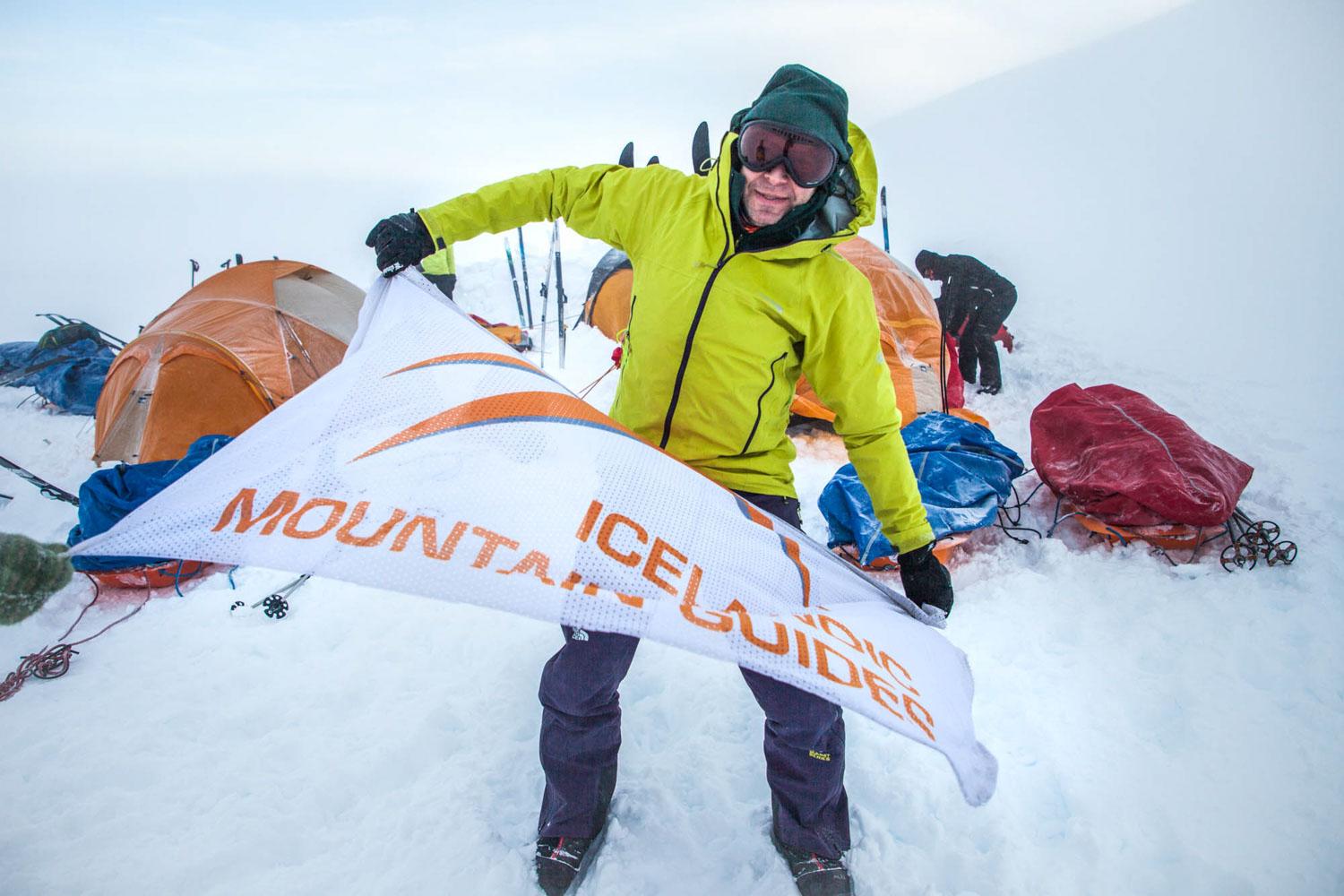
What is the Best Way to Safely Explore the Icelandic Highlands in Winter?
Even for experienced mountaineers, planning an expedition to Iceland's Highlands in winter requires an exceptionally profound and meticulous approach. The extreme conditions of the region demand not only physical readiness and technical skill but also an in-depth understanding of the area's unique challenges and thorough preparation to ensure safety.
The best and safest way to explore the Winter Highlands is to participate in a guided winter expedition. These professionally led trips, among our offerings, are tailored to navigate the complexities of the winter landscape while ensuring the safety and enjoyment of all participants. Our guided expeditions typically take place in March and April, offering distinct advantages for winter exploration in the Highlands.
During these months, the Highlands are still blanketed in snow, offering the serene beauty and isolation that winter adventurers seek. However, the likelihood of encountering violent storms decreases significantly compared to the peak winter months. This reduction in storm frequency is crucial for safer travel and hiking conditions.
Moreover, the longer daylight hours in March and April are a significant benefit. The increased daylight allows for more extended periods of hiking and exploration each day and enhances safety, as navigating and responding to any unexpected situations is much easier in daylight.
These guided expeditions are designed to maximize the experience of the Icelandic winter wilderness, allowing participants to immerse themselves fully in the breathtaking landscapes while minimizing the risks associated with winter hiking in such a demanding environment. For those eager to witness the raw beauty of Iceland's Highlands in winter, joining one of these guided trips is the most advisable and rewarding approach.
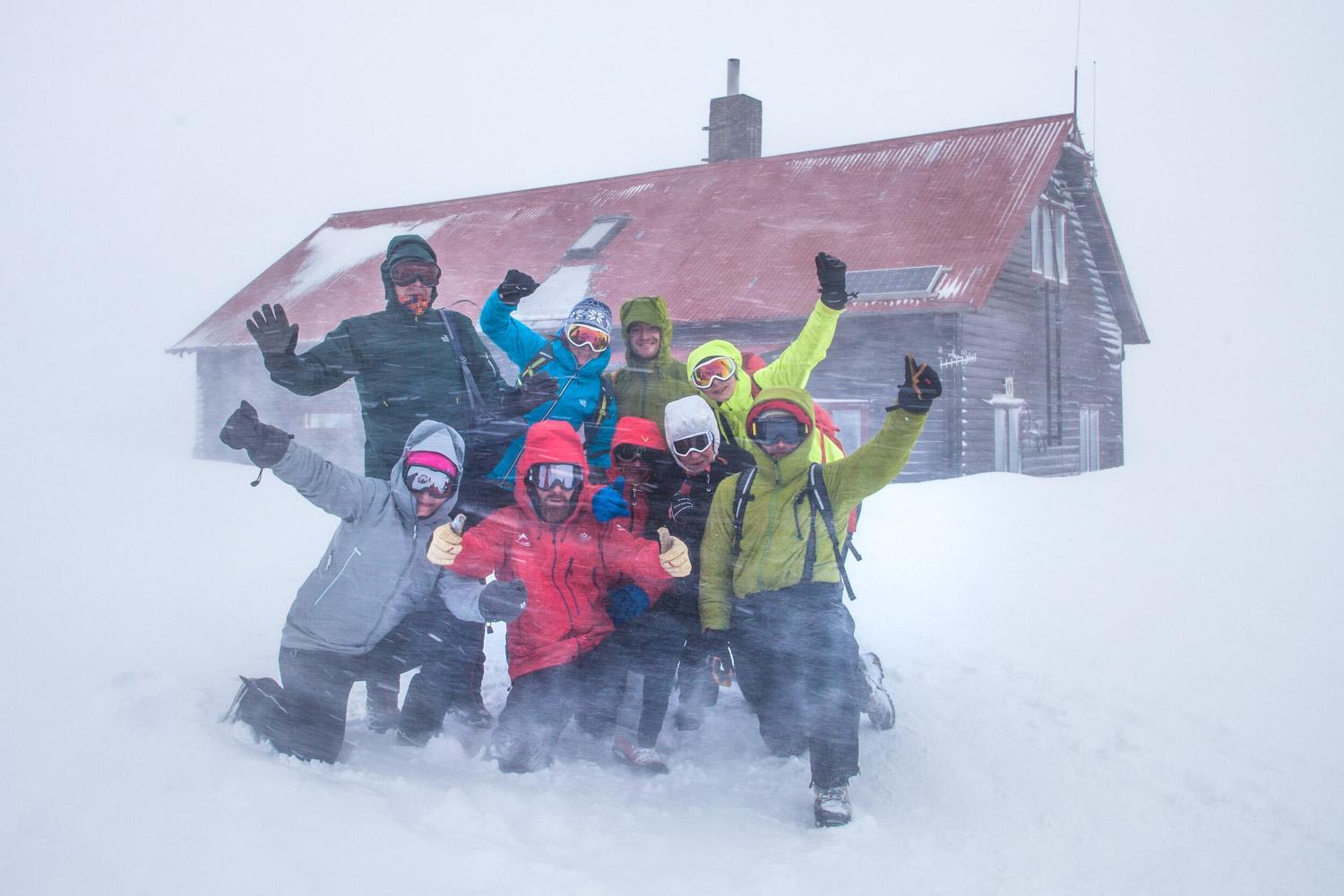
Vatnajökull Glacier Expedition
Trekking across the Vatnajökull Ice Cap is a bucket list experience for seasoned adventurers, offering a condensed yet rich journey through diverse conditions. Once we leave our vehicle and step onto the ice, we rely solely on our gear, skills, and professional local guide.
The trek presents challenges, from extreme cold and wind to intense sunlight reflecting off the snow. We walk for nine days, 7-9 hours a day, 110 - 130 km (68 - 81 mi) in total. In the Grímsvötn area, a geothermal spot on the glacier, we find a naturally warmed hut with comforts like a shower and steam bath, offering a brief respite before continuing our journey.
This expedition is truly transformative. As we near the journey's end, we long for home comforts yet feel a deep desire to relive the experience. It connects us to the legacy of legendary explorers, giving us a taste of their world and the passion that drove them.
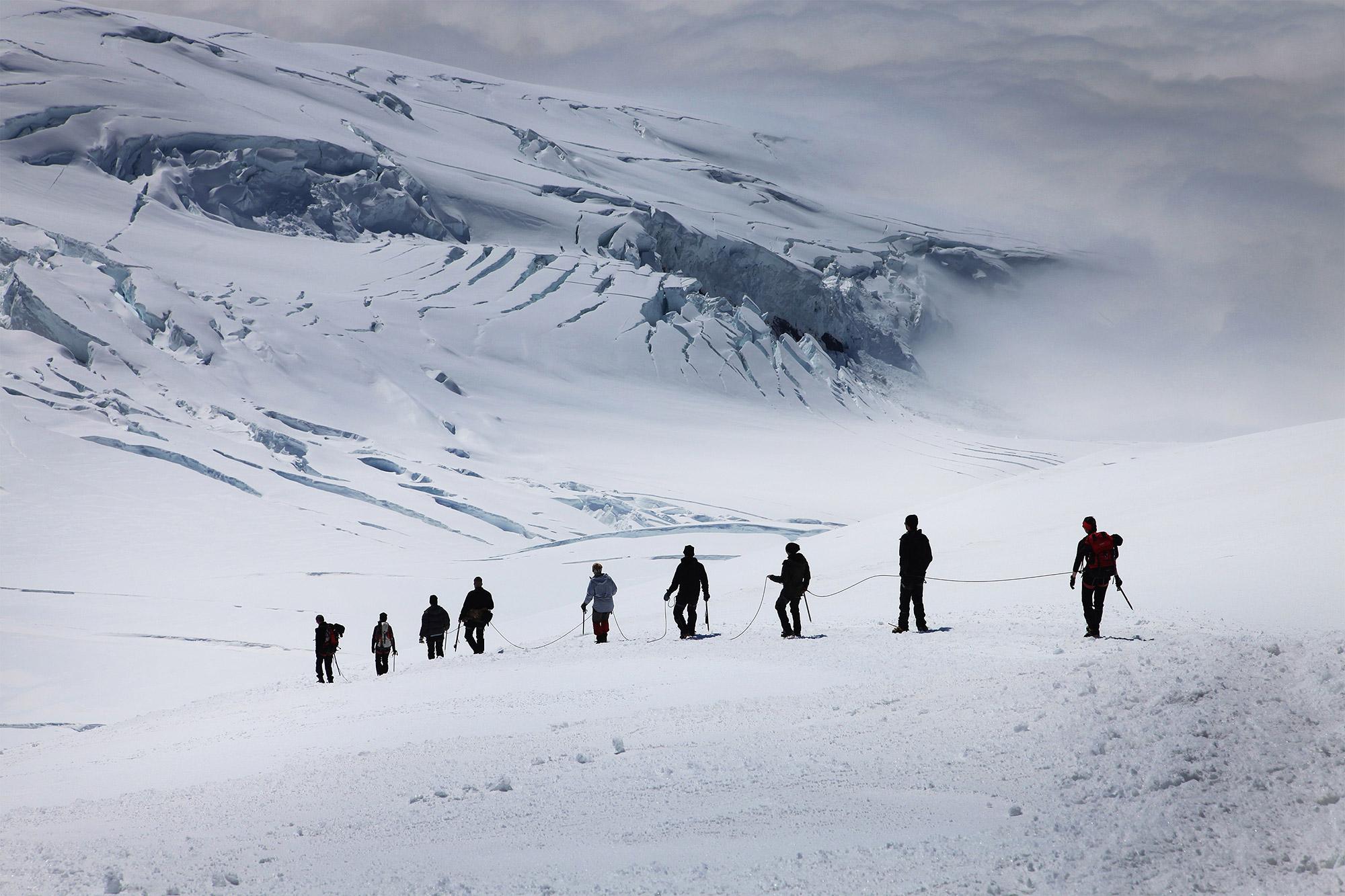
Sprengisandur - Traverse of the Icelandic Highlands
This is the winter version of the ultimate Icelandic Highlands Traverse adventure. Led by a highly experienced and knowledgeable guide, this journey begins in the northern highlands above Akureyri, traversing the remote Sprengisandur - an ancient path nestled between the Hofsjökull and Vatnajökull glaciers. The route culminates in the geothermally active Landmannalaugar region.
This 10-day ski traverse through Iceland's centre is both challenging and rewarding, taking you through expansive, untouched winter landscapes and impressive mountain vistas that few get to witness. The total distance is 220 km (137 mi), with 7-9 hours of daily skiing.
The journey's isolation and the region's unpredictable weather add to the challenge, making this tour a significant personal accomplishment for many participants. After each day's rigorous skiing, you'll find solace and rejuvenation in a cosy hut or tent, where a well-deserved meal awaits.
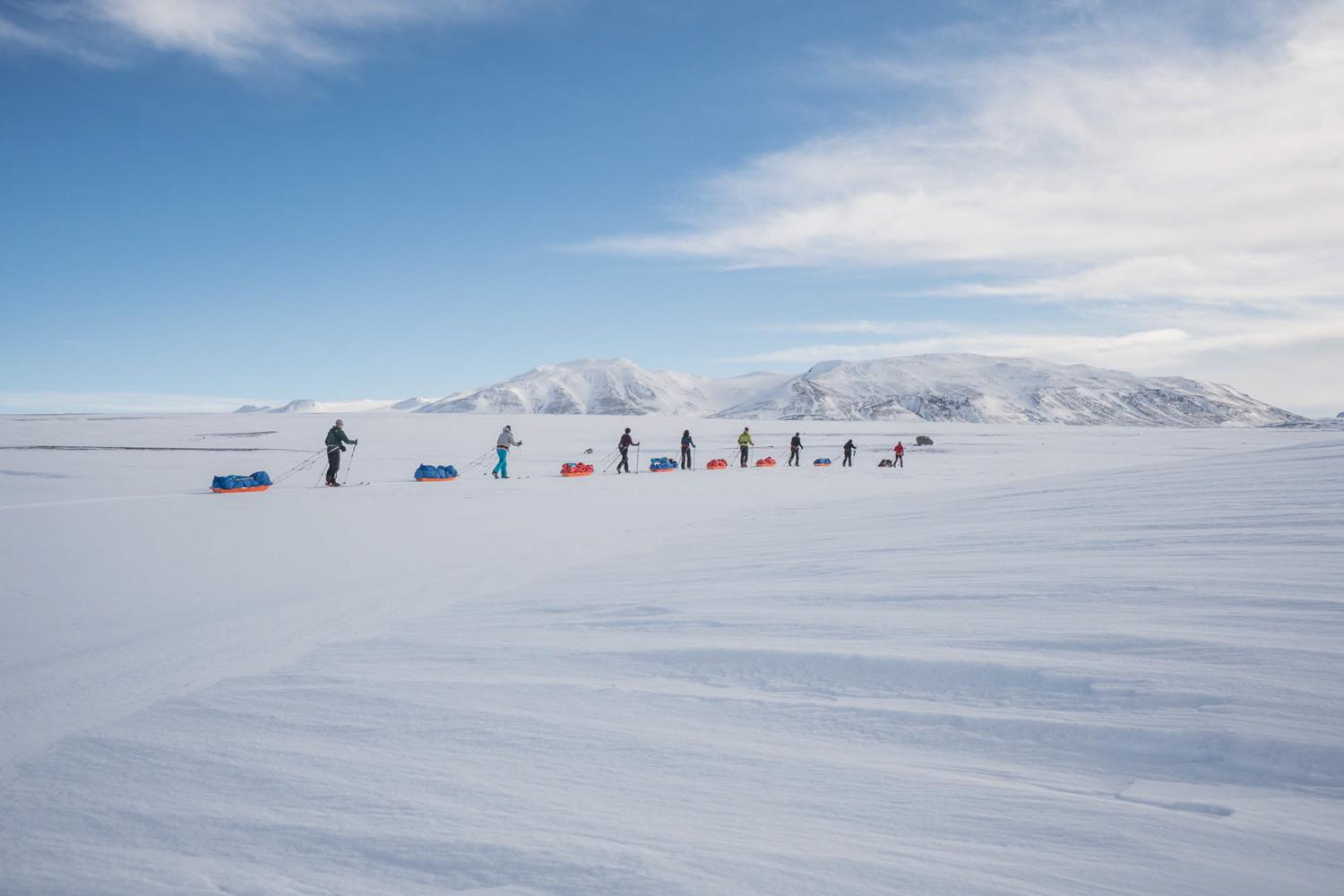
Alpine Ski Touring in Landmannalaugar
A significantly more accessible winter adventure in the Highlands awaits you on the 5-day Alpine Ski Touring expedition in Landmannalaugar. With a skilled local skiing guide leading the way, you'll have the opportunity to explore a landscape filled with craters, lava fields, snow-covered gorges, and canyons emitting plumes of thick steam from the Earth's depths.
We ski approximately 3 - 6 hours a day, and each day of skiing, you can relax with a soak in a natural hot spring beneath the evening sky, and if conditions align, you may even catch a glimpse of the Northern Lights.
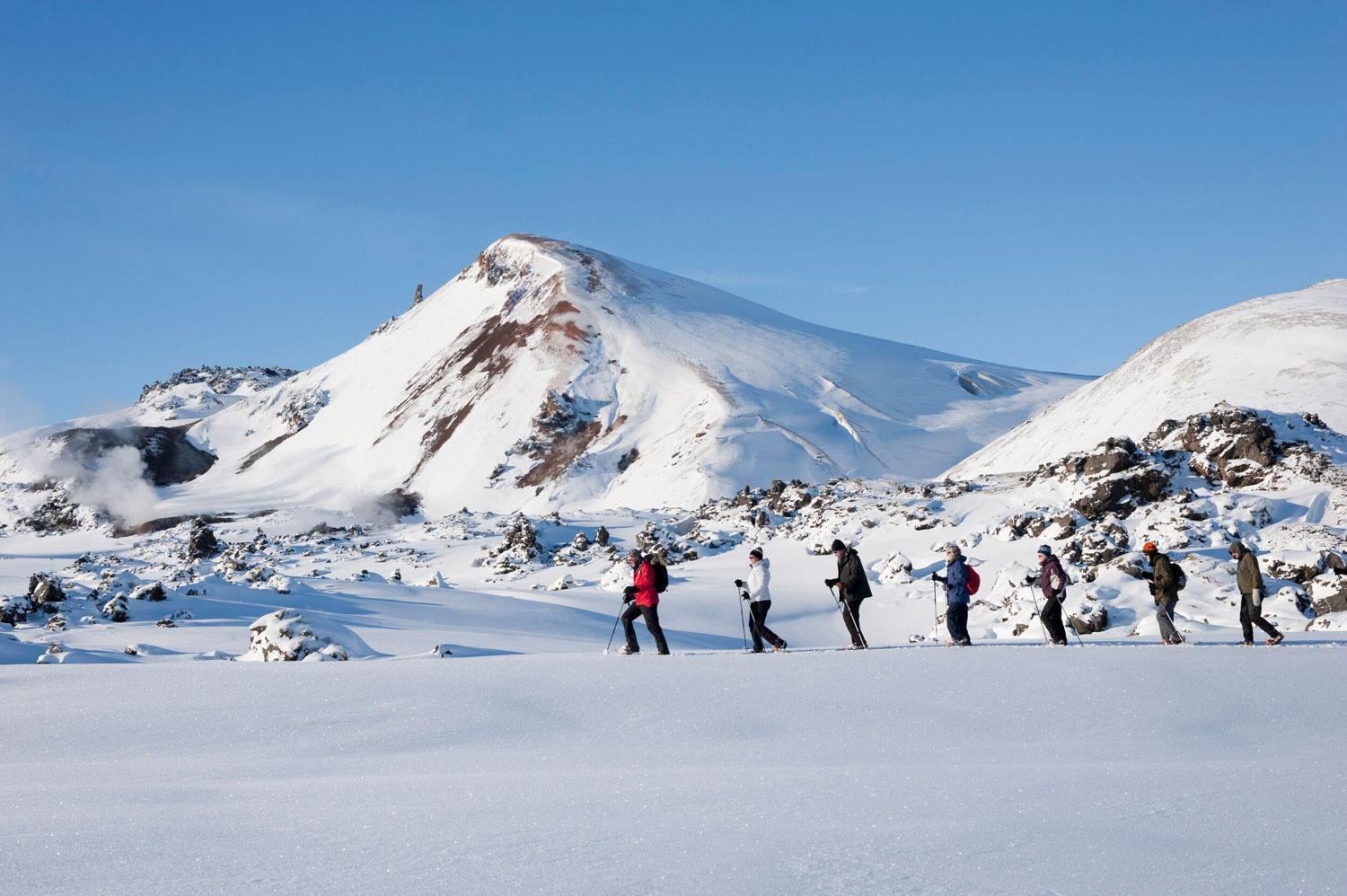
Day tour to Landmannalaugar in Winter
For those who may not be entirely at ease with alpine skiing, there's a fantastic alternative to experience the natural wonders of Landmannalaugar through a day tour from Reykjavík. While this option provides a bit less time for on-foot exploration compared to longer trips, it still offers an excellent opportunity to immerse oneself in the breathtaking landscapes of Landmannalaugar, all while avoiding the crowds of hikers that frequent the area during the peak season.
This Landmannalaugar Super jeep day tour, operated by our sister company, allows you to explore the most accessible paths and discover the unique geothermal features and soothing hot springs that make Landmannalaugar an enchanting destination, all within the confines of a single day's adventure.
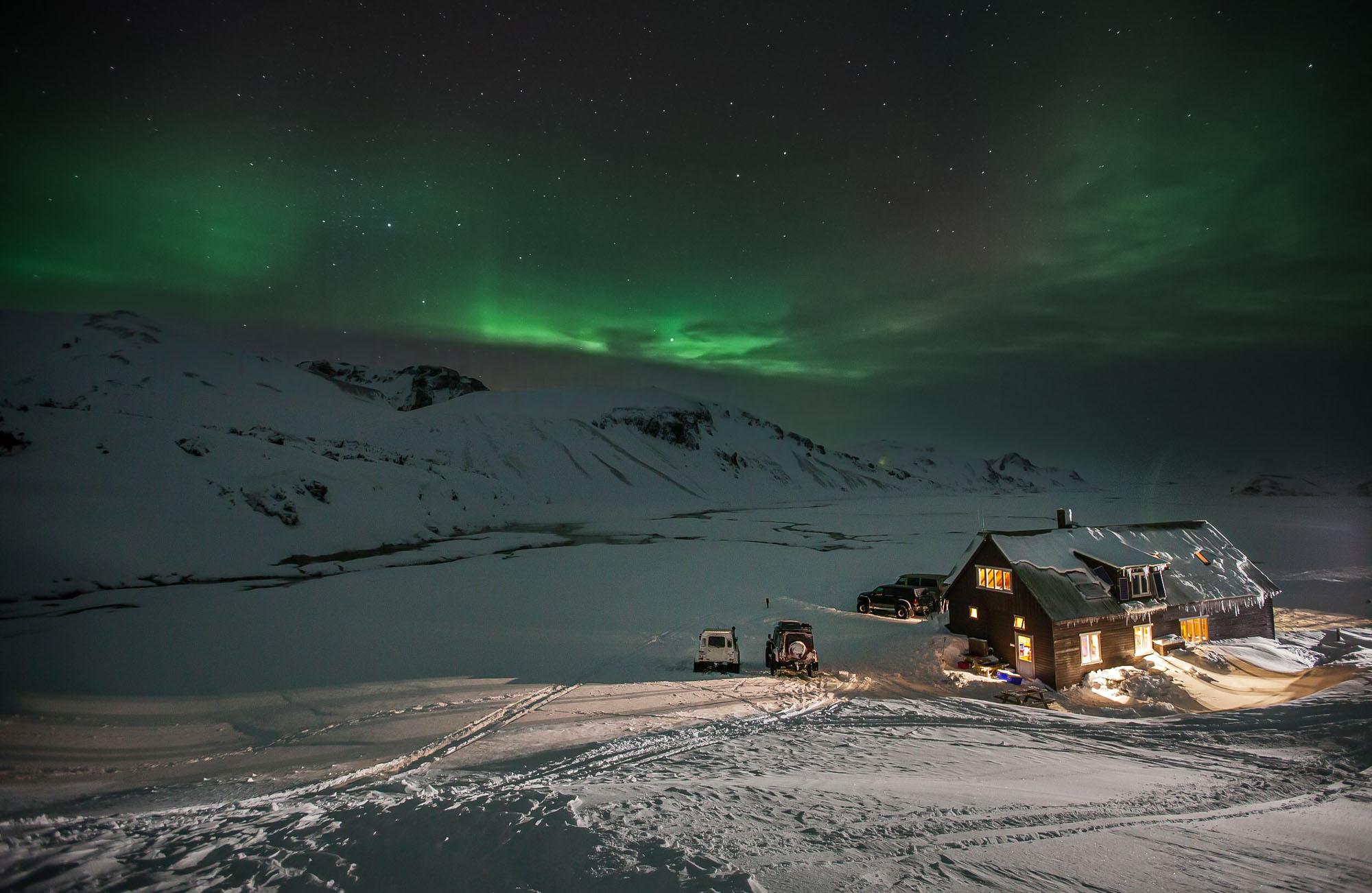
Thórsmörk Valley in Winter
Thórsmörk Valley, the favourite hiking destination for many locals and travellers alike, is a mesmerizing frozen wonderland in winter. The surrounding mountains stand tall, their peaks dusted in glistening powder, while the Þröngá River weaves its way through the valley, often partially frozen, adding to the surreal charm.
Although there are no guided multiday hiking tours to Thórsmörk during the winter season, day tours are available year-round, thanks to its proximity to Reykjavík. These tours provide a safe and convenient way to explore this enchanting location. Sturdy Superjeeps, equipped to handle the challenging winter conditions, can transport you to Thórsmörk, but attempting to drive there independently during this period is not advisable.
This Super Jeep tour to Thórsmörk, operated by our partner company, has a stop at the stunning Seljalandsfoss waterfall. This day tour typically includes three short hikes, conditions permitting, offering a diverse range of adventures, from traversing a tight gorge to exploring a deep, more expansive canyon and venturing into the heart of Thórsmörk Valley itself. This combination of experiences provides safety and comfort while allowing you to savour breathtaking views and make lasting memories amidst Iceland's winter wonderland.

The End of the Winter Season in the Icelandic Highlands
The conclusion of the winter season in Iceland is typically marked by the official opening of the roads, which usually occurs in the middle or later part of June. Even as the roads are declared open, remnants of snow may still linger along the trails, providing an opportunity for those who wish to experience wintry conditions with greater safety.
For those seeking to enjoy the winter-like scenery while benefiting from milder and safer conditions, a late June hike can be ideal. However, it's essential to note that the exact date of road openings cannot be predicted in advance. Therefore, individuals keen on embarking on the Laugavegur or Fimmvörduhals hike early in the season should maintain flexibility in their plans and be prepared for potential variations in trail conditions.
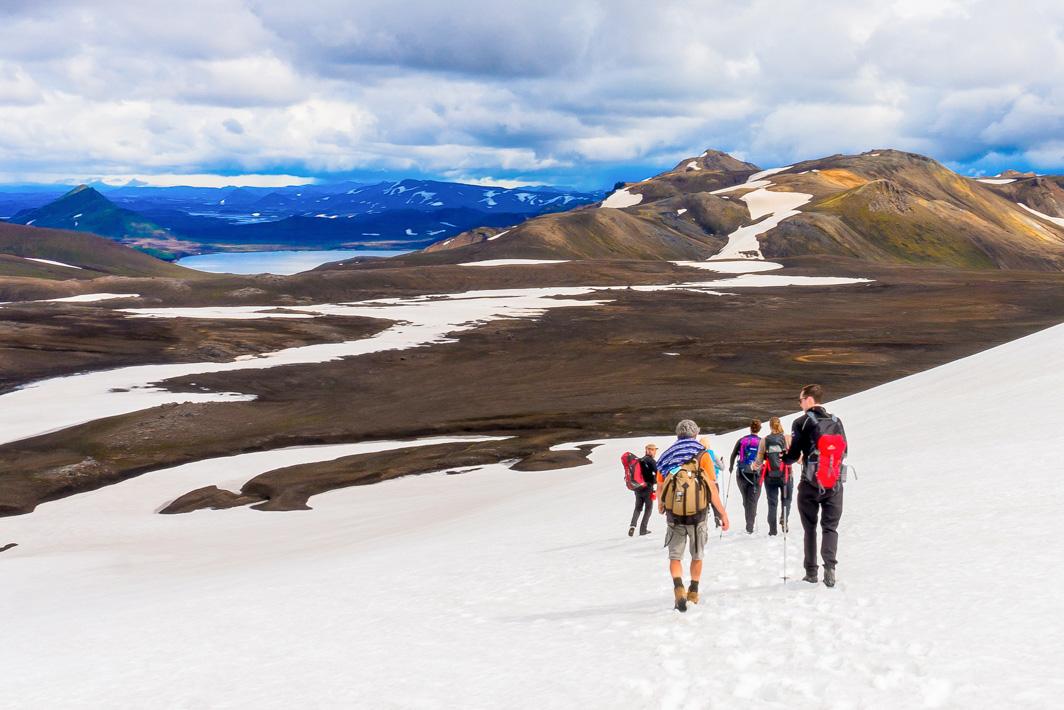
In conclusion, the Icelandic Highlands offer an enchanting and alluring landscape for hikers in winter, but it is not without its formidable challenges. Given the unpredictable and potentially hazardous conditions, venturing into this pristine wilderness demands a high level of skill and preparedness. For those looking to explore this winter wonderland, we strongly recommend opting for guided tours led by experienced local professionals who understand the terrain and its intricacies.
Keep me informed about the Icelandic Mountain Guides Blog
Outdoor adventure in Iceland is our specialty. Subscribe to our free monthly newsletter to learn when to go, what to do and where to have the best adventures in Iceland.
Related Blog Posts
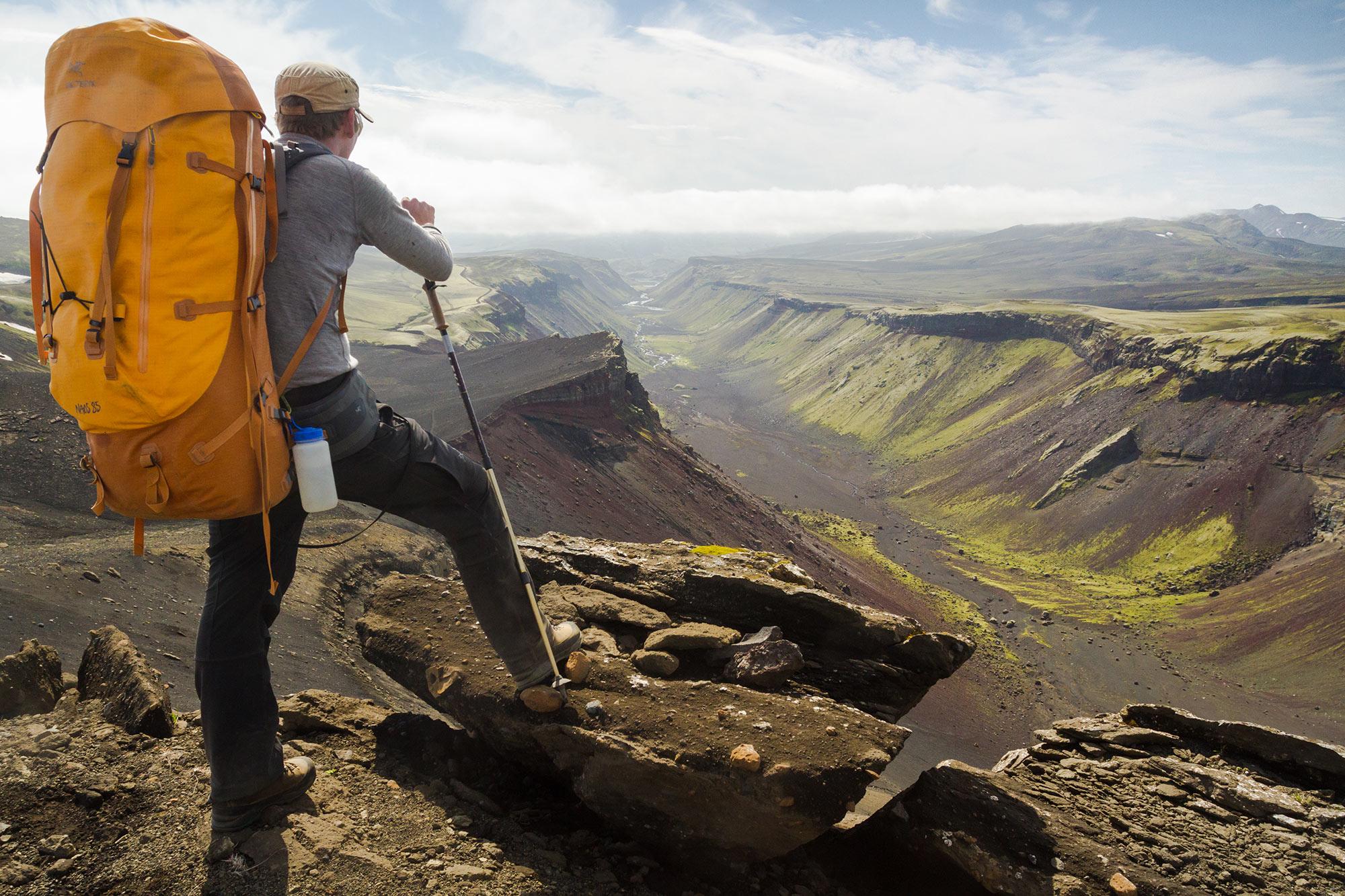
The Ultimate Guide to Hiking in Iceland
2022-03-25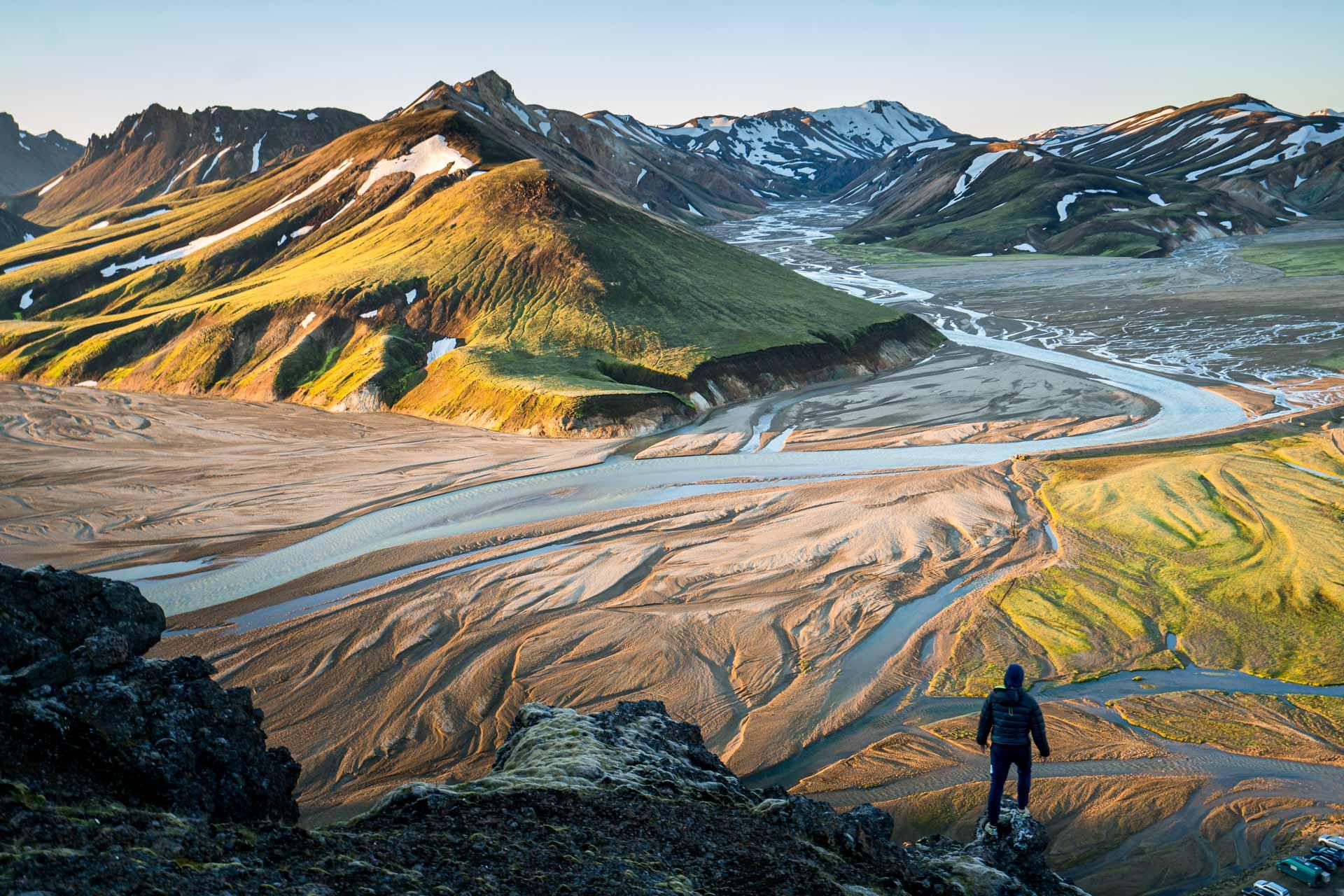
A Complete Guide to Solo Hiking in Iceland
2024-11-06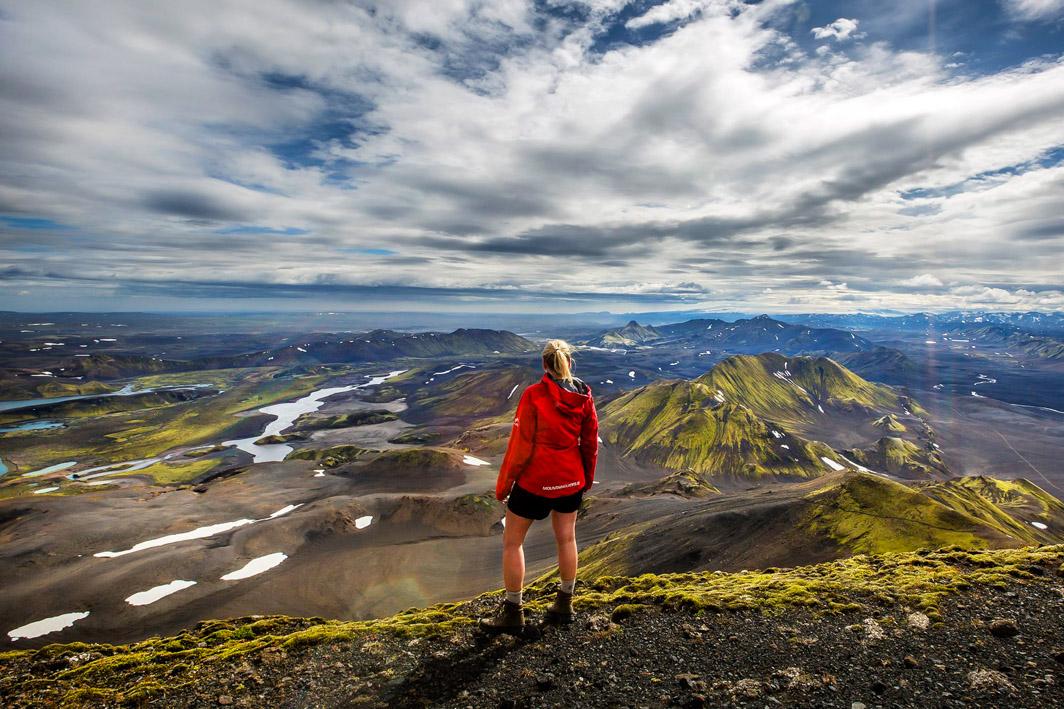
The Ultimate List of the Best Hikes in Iceland
2023-02-01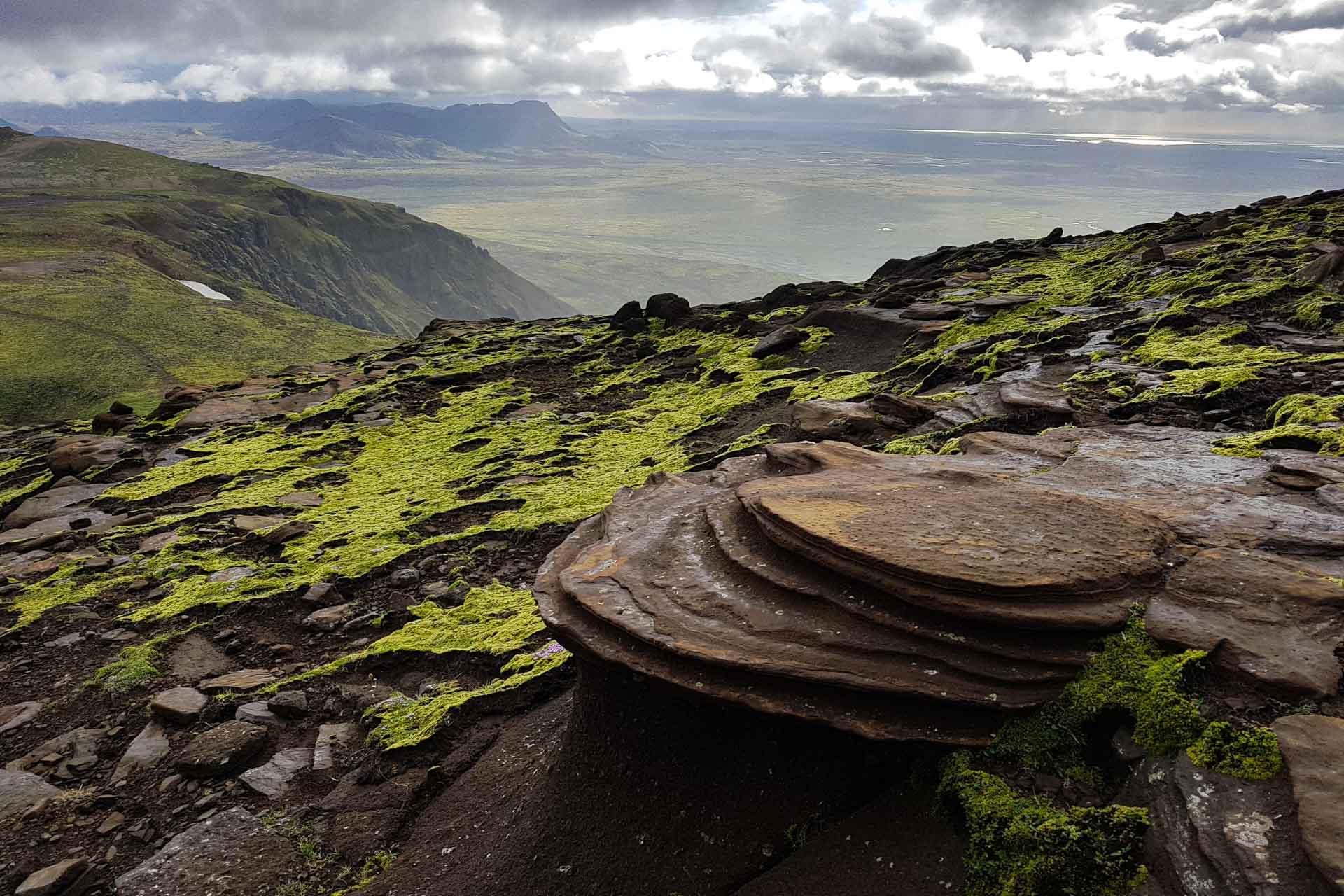
The Best Hikes Near Reykjavík: A Hiker’s Guide to Iceland's Capital
2023-05-02
The Ultimate Guide to Glaciers and Glacier Hikes in Iceland
2023-03-29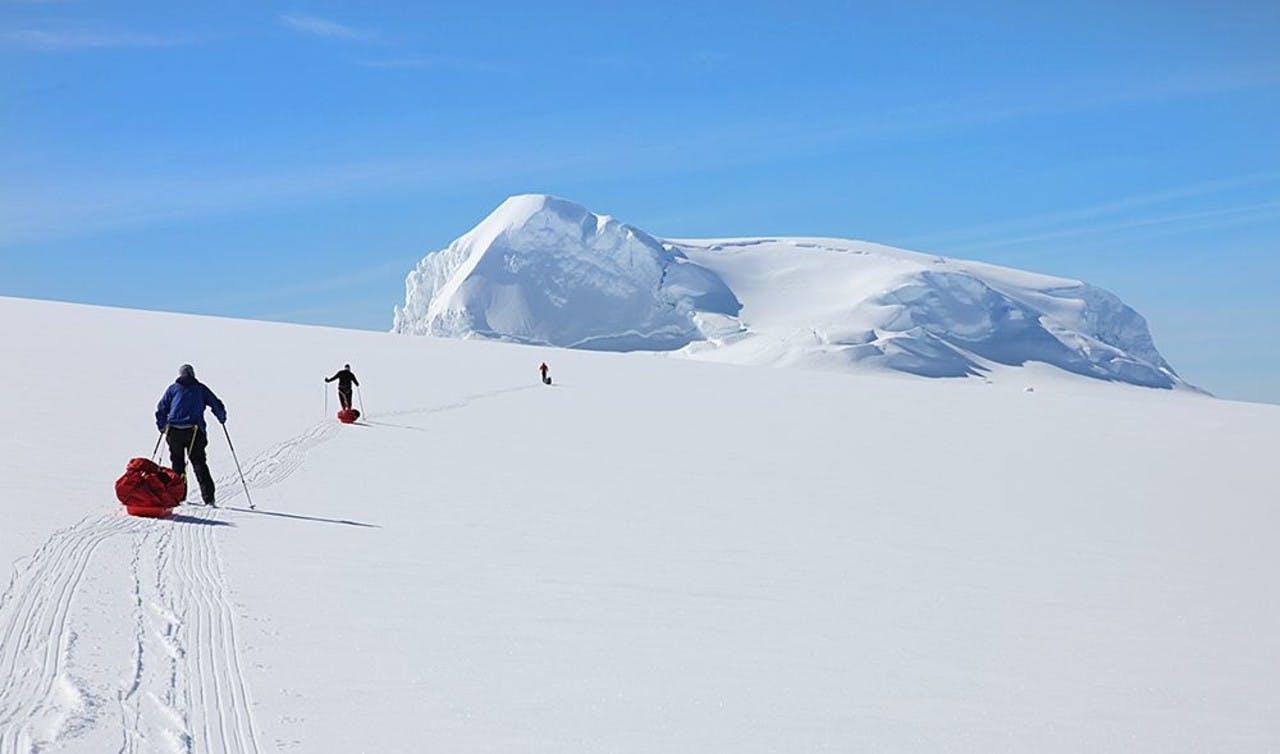
Vatnajökull Glacier Expedition 2014
2014-06-03
